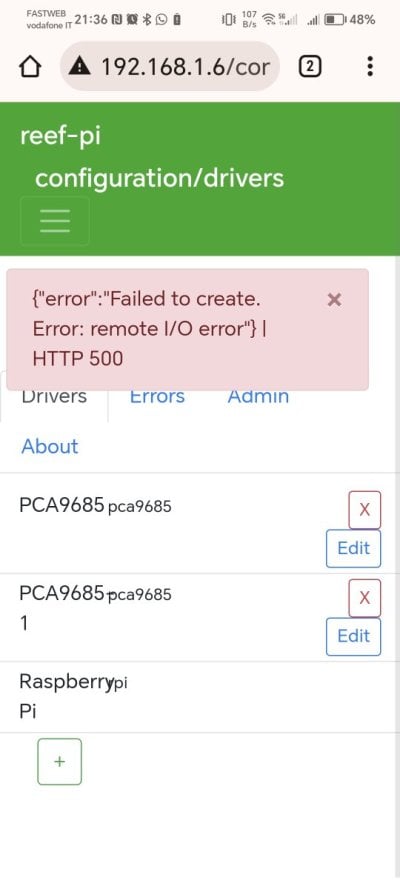I am totally lost with the e-mail alerts. I thought i had set it up correctly but apparently not. is there a link to tutorial.

reef-pi Guide 1: Setup and Demonstration
reef-pi is an opensource reef tank controller capable of automating day to day reef keeping chored including equipment control, temperature control, water level control, dawn to dusk light cycle. This is the first tutorial within the reef-pi tutorial series covering installation and...
Check out the alert section





















